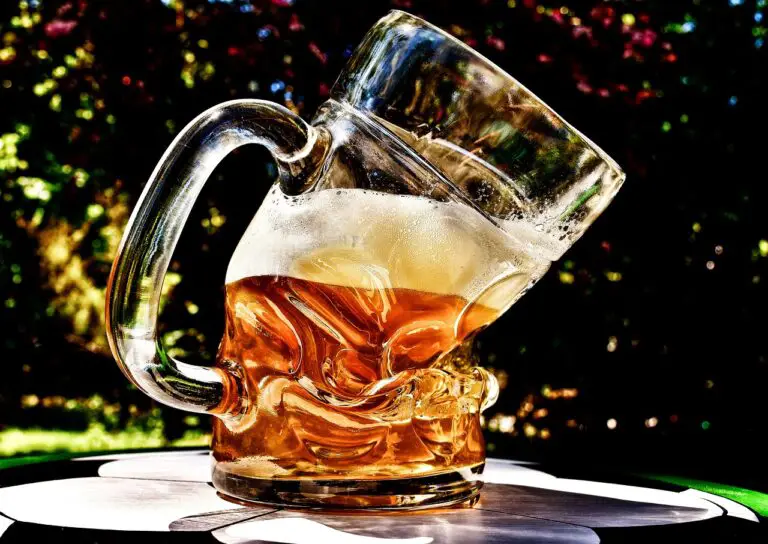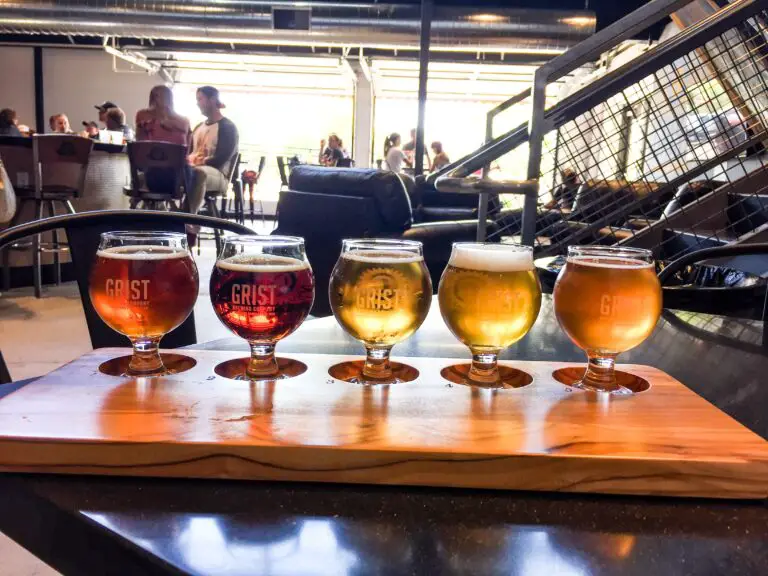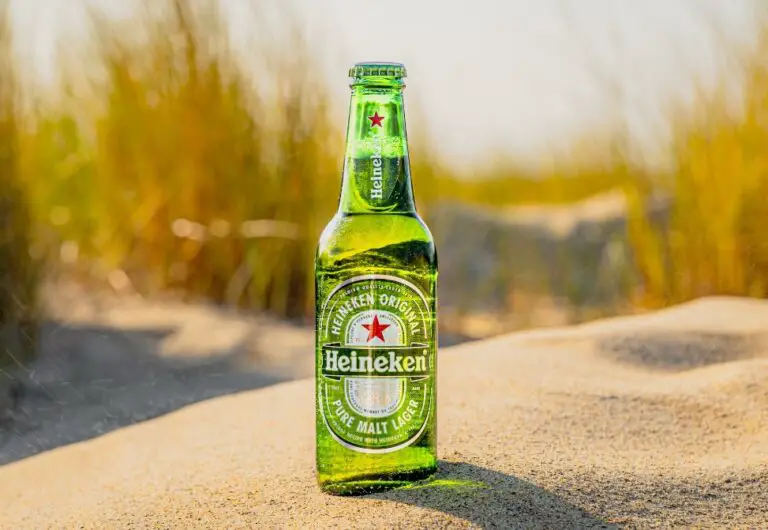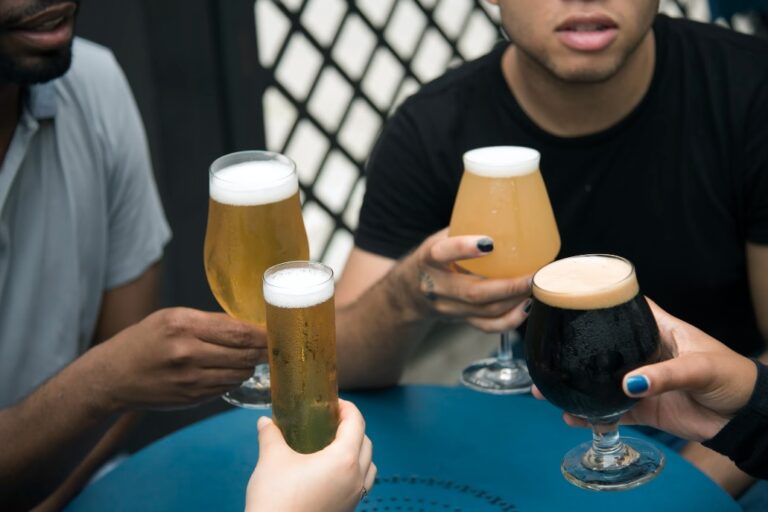What Are Beer Steins?
Have you ever heard of beer steins? What are they? What are beer steins? Let’s see!
Beer steins are like the cool, classic cousins of regular mugs, bringing a touch of tradition and a lot of fun to your drinking game.
Follow us on Instagram!
Picture this: a sturdy mug, a handy lid that swings open, and a handle to make sipping your favorite brew a breeze. Originally, they were all about that old-school stoneware and pewter vibe, but nowadays, you can find them in all sorts of materials, from glass to ceramic.
What makes them extra special are the awesome designs, often telling tales of Bavarian culture and folklore. So, think of beer steins as not just mugs or bottles, but little pieces of art and history that make your beer-drinking experience way more interesting!
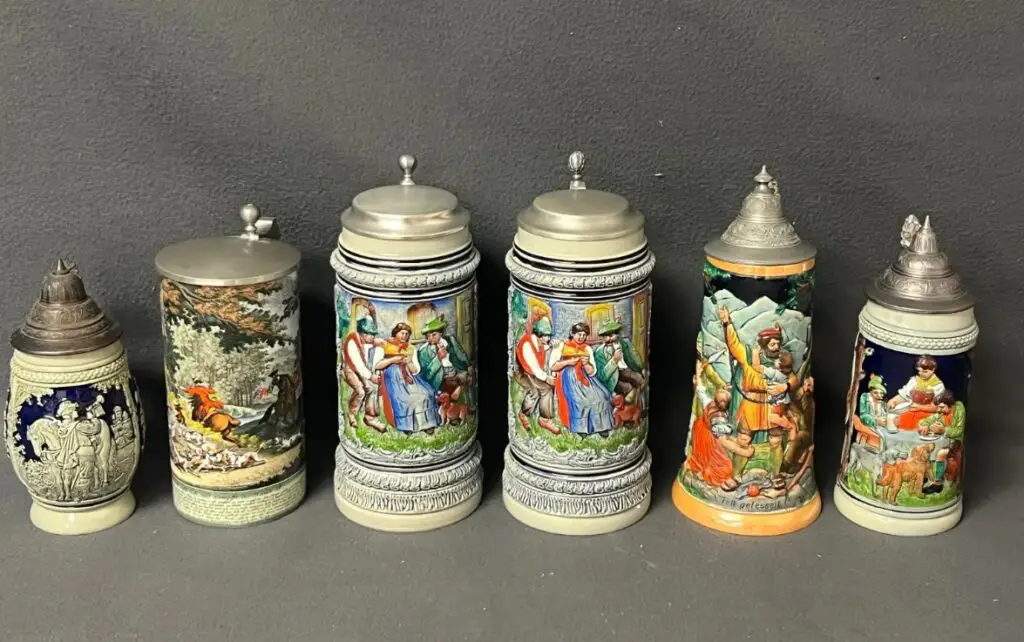
The History of Beer Steins
A. Early Origins of Beer Steins
Historical Context
The roots of beer steins trace back to the 14th century in Germany, a time marked by the Black Plague. With water sources often contaminated, beer emerged as a safer alternative. In response to this shift in beverage choice, the beer stein was born. Initially, these vessels served a practical purpose, offering a means to enjoy beer while protecting it from impurities.
The historical context of disease and the necessity for safe drinking water played a crucial role in the emergence of these iconic mugs.
Earliest Designs and Materials
The earliest beer steins were crafted from stoneware, a robust and temperature-regulating material. Stoneware not only kept the beer cool but also provided a canvas for early designs. These designs often featured simple, functional aspects, reflecting the utilitarian nature of the vessels. The emphasis was on creating a durable, practical container for the newfound popularity of beer as a daily beverage.
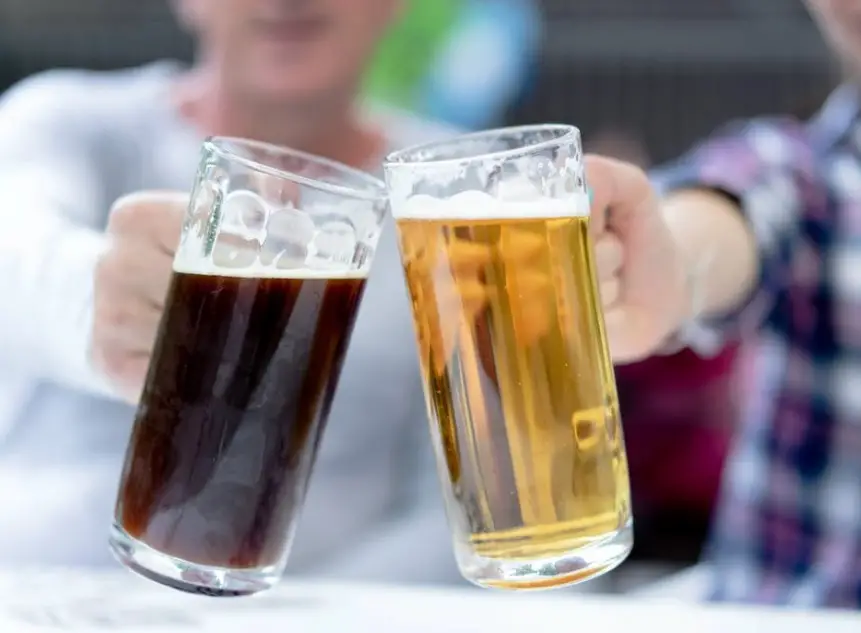
B. Evolution over Time
Changes in Design
Over the centuries, beer steins underwent a remarkable transformation in design. The incorporation of lids became a distinctive feature, serving both practical and aesthetic purposes. The lids evolved into intricate works of art, adorned with figurines, animals, and symbols.
As craftsmanship advanced, so did the complexity of these designs, turning beer steins into collectible pieces that conveyed not only functionality but also cultural and historical narratives.
Cultural Influences
The evolution of beer steins was deeply influenced by the culture and traditions of the regions where they thrived. Different areas of Germany developed their own unique styles and motifs, reflecting local customs and beliefs.
Cultural influences extended beyond Germany, with other European countries adopting similar vessels with their own distinct characteristics. As trade routes expanded, so did the variety of materials used in crafting beer steins, with pewter, glass, and ceramic becoming popular choices.

How are Beer Steins Made? What are Beer Steins Made Of?
A. Traditional Materials
Stoneware
Stoneware stands as the bedrock of beer stein construction, having been the primary material during their inception. Renowned for its durability and ability to retain temperature, stoneware provided an ideal canvas for early beer stein designs. Its natural earthy tones often complemented the rustic and traditional motifs that adorned these vessels.
Stoneware beer steins, with their robust construction, not only kept the beer cool but also played a crucial role in the historical context of safe drinking during the medieval period.
Pewter
Another classic material in beer stein construction is pewter. Commonly used for crafting lids and embellishments, pewter added a touch of elegance to these mugs. The malleability of pewter allowed for intricate detailing, making lids not only functional but also ornate.
The combination of stoneware bodies and pewter lids became a hallmark of many traditional beer stein designs, showcasing the versatility of materials in creating both practical and visually appealing vessels.
B. Modern Variations
Glass
In more contemporary times, beer steins have embraced modern materials while retaining their classic charm. Glass beer steins offer a transparent twist on tradition, allowing beer enthusiasts to appreciate the color and effervescence of their brew.
Glass beer steins often feature sturdy handles and decorative elements, combining the elegance of glass with the timeless appeal of traditional designs.
Ceramic
Ceramic beer steins represent a fusion of tradition and modernity. While retaining the earthy feel reminiscent of stoneware, ceramic allows for greater diversity in colors and glazes. This material provides a versatile canvas for artists to create unique, personalized designs.
Ceramic beer steins are popular among collectors for their aesthetic appeal and the potential for expressing individuality in both form and function.
Stainless Steel
Embracing the contemporary trend of sleek and durable materials, stainless steel beer steins have become a popular choice. With their polished, modern look, stainless steel steins are both lightweight and resilient. Ideal for outdoor gatherings and events, these steins often feature double-wall insulation to keep the beer cold.
Stainless steel beer steins offer a refreshing take on tradition, catering to a modern lifestyle while honoring the timeless legacy of these iconic vessels.
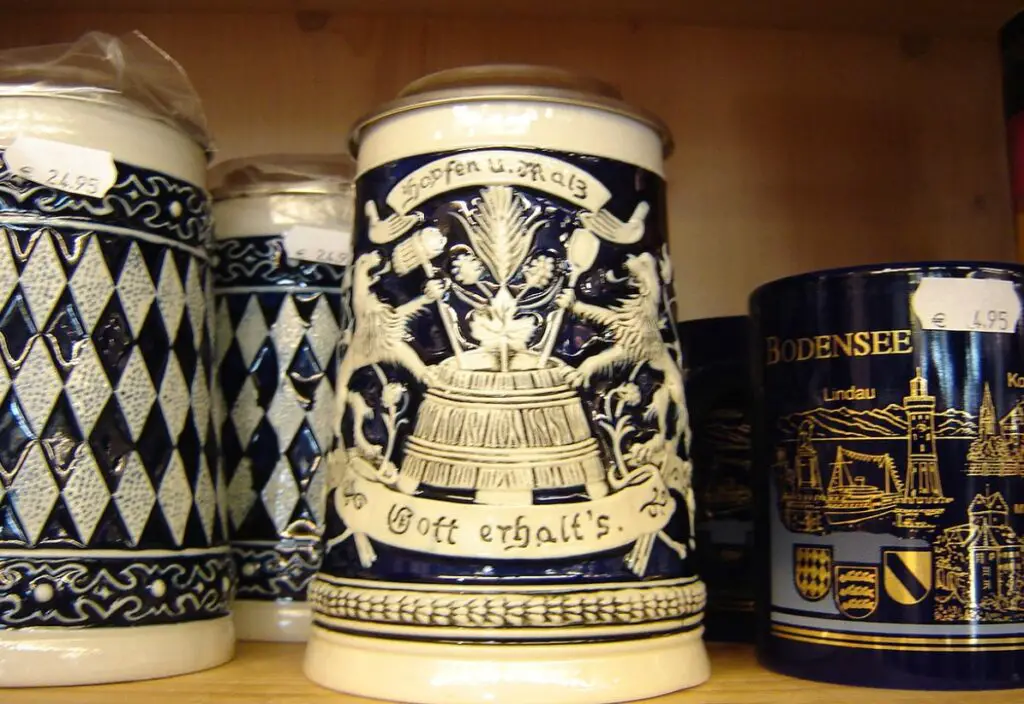
Design and Decoration of Beer Stein
A. Traditional German Designs
Bavarian Motifs
Traditional German beer steins are a canvas of rich cultural heritage, often adorned with distinctive Bavarian motifs. These motifs, deeply rooted in regional traditions, feature iconic elements such as Alpine landscapes, edelweiss flowers, and charming villages.
The influence of Bavarian culture is evident in the intricate detailing of these designs, capturing the essence of the picturesque landscapes and the vibrant spirit of local festivities.
Folklore and Symbols
Beyond Bavaria, beer steins often showcase folklore and symbolic representations. These can include scenes from popular German myths, historical events, or symbols of good luck and prosperity.
From knights in shining armor to lederhosen-clad figures, each element tells a story and adds layers of meaning to the beer-drinking experience. The careful selection of these motifs reflects the deep connection between beer steins and German cultural identity.
B. Customization and Personalization
Individualized Designs
Beer steins have long been a canvas for personal expression, allowing individuals to customize their vessels to reflect their unique tastes and preferences. Whether it’s a souvenir from a specific event or a cherished gift, beer steins often feature individualized designs.
This personal touch can range from the addition of names, dates, or special occasions, creating a tangible connection between the owner and the vessel. Individualized designs transform beer steins into cherished mementos, carrying personal stories and memories.
Engravings and Paintings
The artistry of beer steins extends beyond surface-level motifs, with intricate engravings and paintings becoming a hallmark of these vessels. Pewter lids, in particular, are often adorned with finely detailed engravings, showcasing scenes from daily life, historical events, or simply celebrating the joy of beer.
Paintings on ceramic beer steins add vibrant colors, bringing to life scenes that resonate with beer enthusiasts. The combination of engravings and paintings elevates beer steins from mere drinking vessels to works of art that captivate the eye and spark conversations.
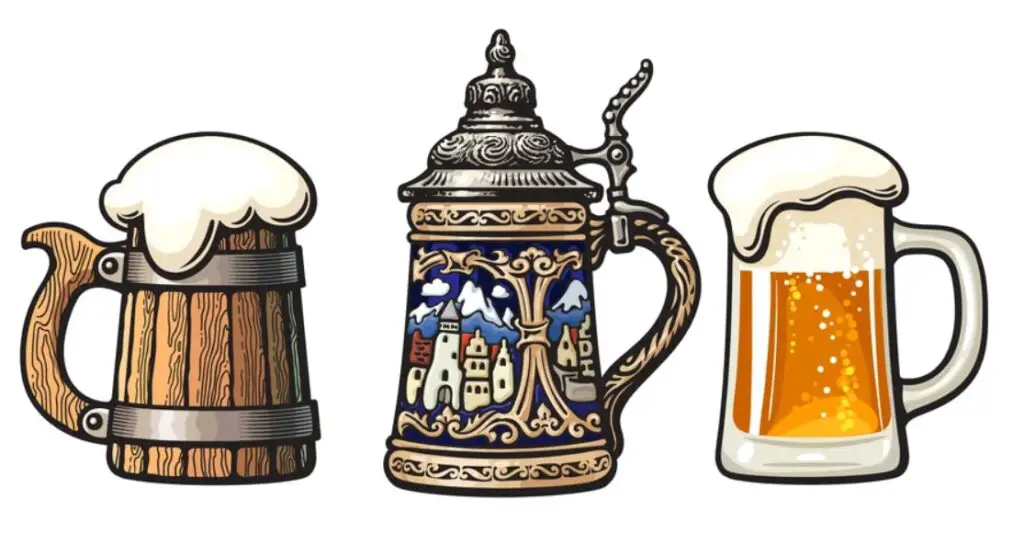
How are Beer Steins Used? What are the Traditions surrounding Beer Steins?
A. Use in Beer Culture
Drinking from Beer Steins
Beer steins play a central role in the vibrant tapestry of beer culture, offering a unique and enjoyable way to savor one’s favorite brew. The sturdy construction of these vessels, often featuring handles for a comfortable grip, enhances the overall drinking experience.
The weight and feel of a beer stein in hand contribute to a sense of tradition, making each sip a celebration of both the beverage and the rich cultural history associated with these iconic mugs.
Rituals and Customs
Beer steins are not just containers; they are imbued with rituals and customs that add depth to the act of drinking beer. In some cultures, toasts and proclamations are made before taking the first sip, enhancing the communal aspect of sharing a drink.
The use of beer steins in specific rituals, such as raising a toast during Oktoberfest or other beer festivals, underscores their cultural significance. These rituals create a sense of camaraderie and connection, turning the act of drinking beer into a shared experience.
B. Symbolism and Occasions
Special Events
Beer steins often take center stage during special events and celebrations, acting as symbols of conviviality and festivity. Whether it’s a wedding, a milestone birthday, or a cultural festival, beer steins are frequently used to mark these occasions.
The clinking of steins in a celebratory toast becomes a universal language of joy and shared happiness, transcending cultural boundaries and bringing people together in the spirit of merriment.
Gift-giving and Celebrations
The act of gifting beer steins holds special significance, as they are often exchanged during celebrations and meaningful milestones. Whether passed down as family heirlooms or presented as tokens of friendship, beer steins become cherished gifts that carry sentimental value. Engraving or personalizing a beer stein for someone adds an extra layer of thoughtfulness, making it a memorable and enduring gift.
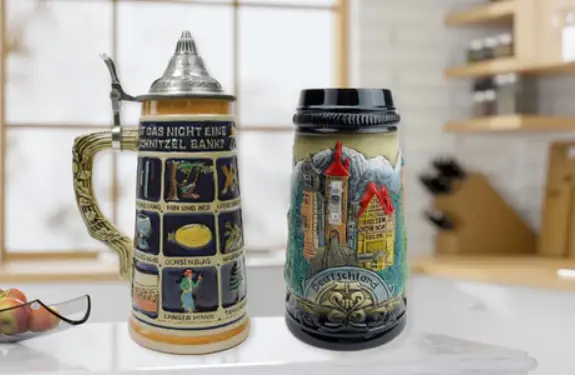
Are Beer Steins Popular?
Yes! Beer steins are totally in vogue right now! Whether you’re into the classic designs or the modern twists, these mugs are making a serious comeback. Collectors are on the lookout for unique pieces that tell a story, from vintage finds to personalized, artsy creations. It’s not just about the beer; it’s about the whole experience. And guess what? Craft beer lovers are especially jumping on the beer stein bandwagon, adding a touch of tradition to their sipping sessions.
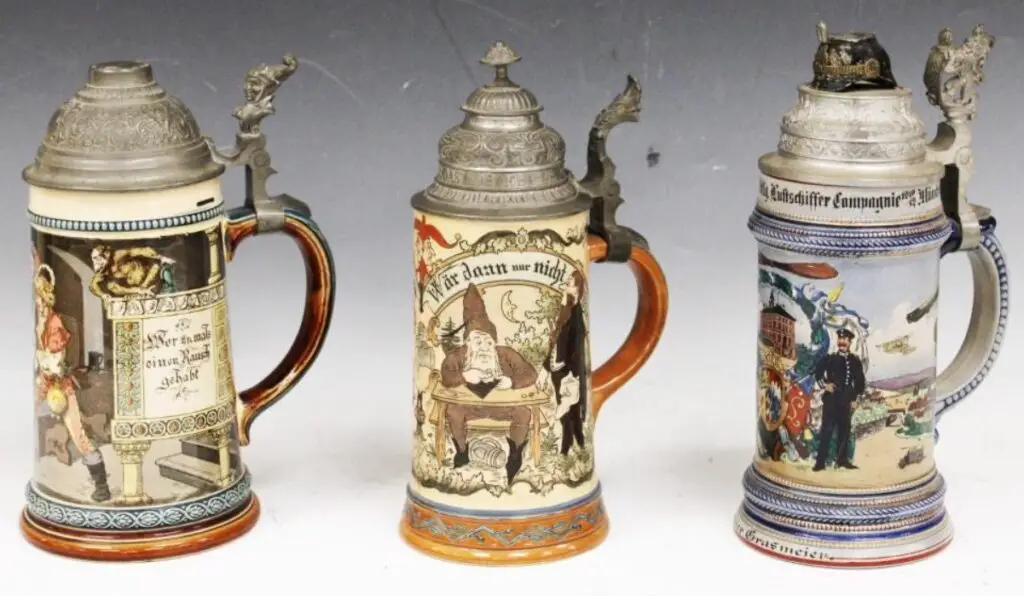
Wrapping It Up
In conclusion, beer steins are more than just mugs; they’re timeless symbols of tradition, craftsmanship, and good times. From their humble origins in medieval Germany to the diverse materials and designs of today, these vessels have stood the test of time. Whether you’re clinking them in celebration at special events or savoring a cold one with friends, beer steins continue to bring people together, adding a touch of history and camaraderie to every sip.

I am a young architect with a passion that goes beyond blueprints… it’s beer! undertherosebrewing.com is more than just a blog, it’s a manifestation of my lifelong dream to explore, read, and learn everything about beer. Join the blog on this unfiltered and genuine adventure into the heart of beer culture. Cheers!
